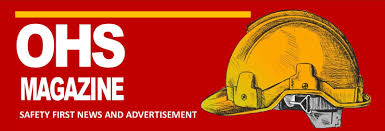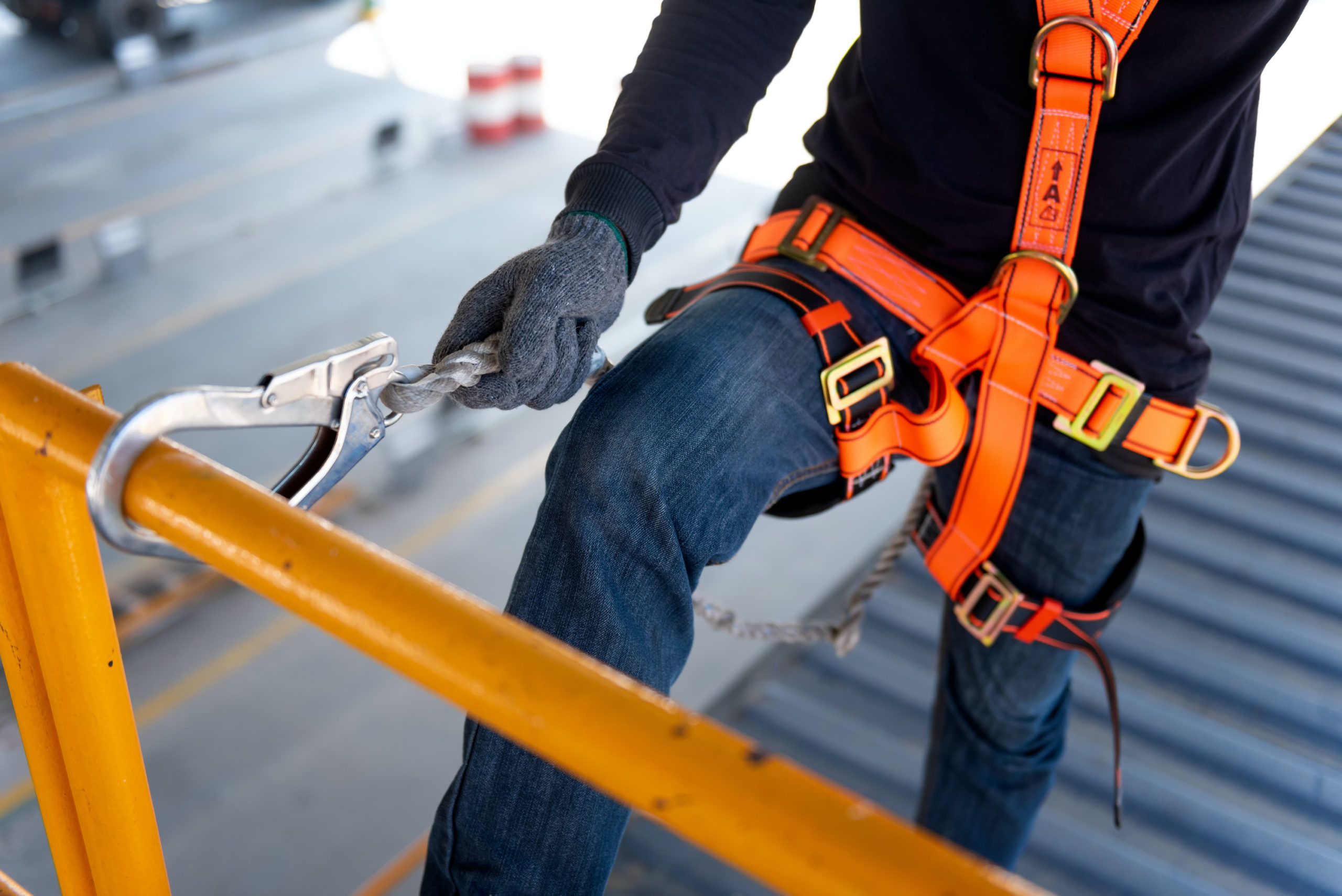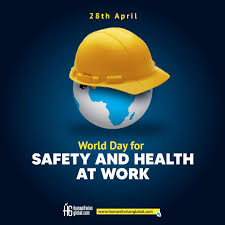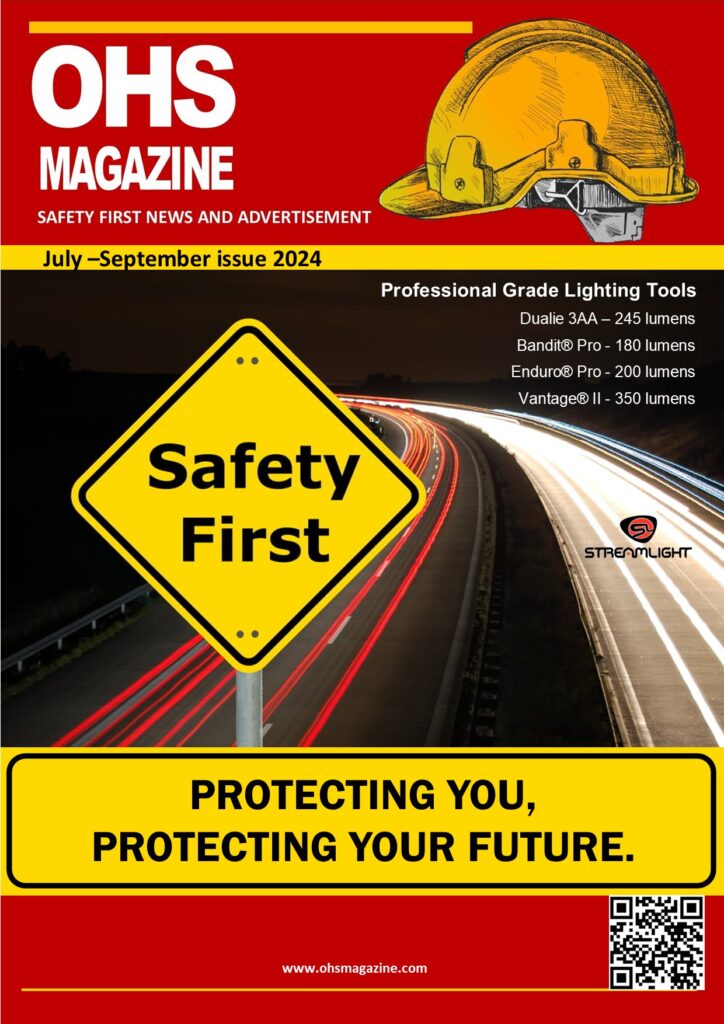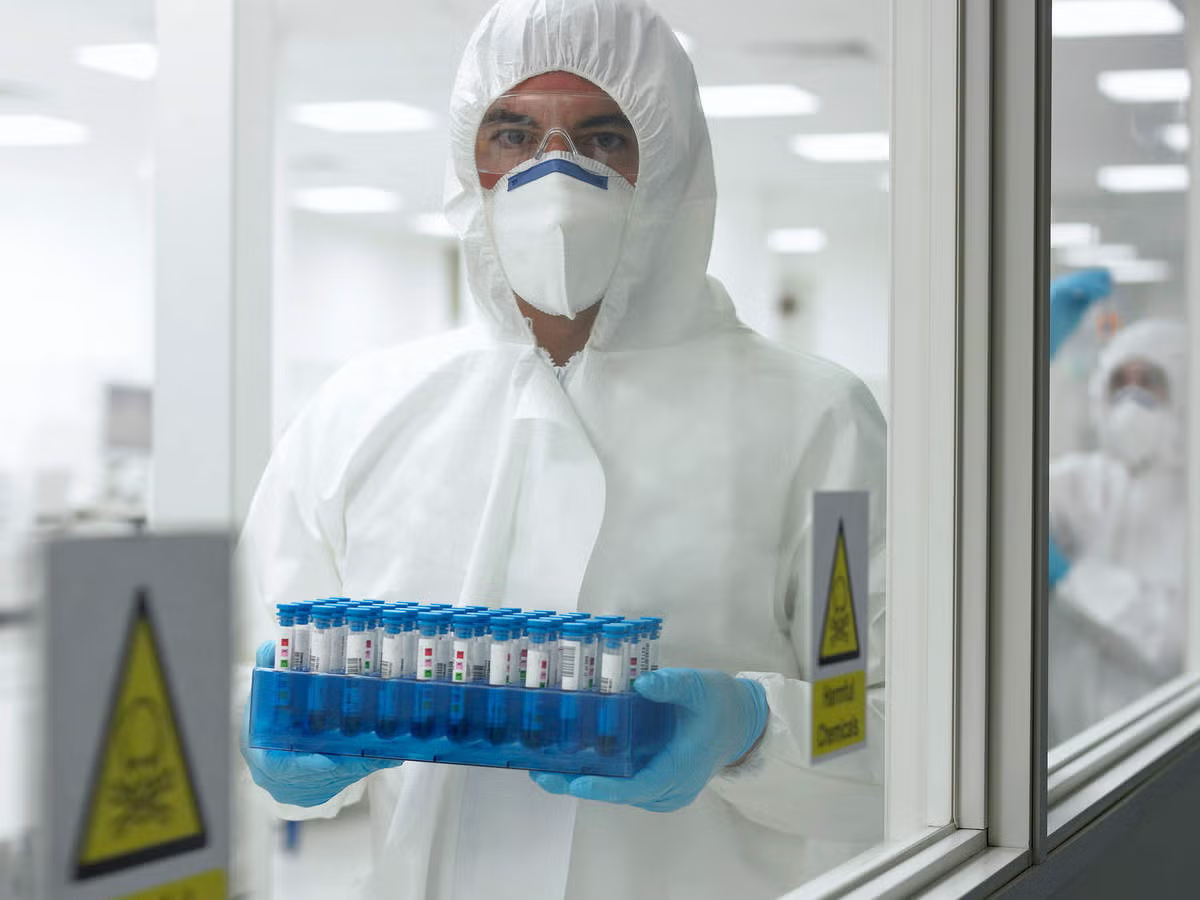Innovative Fall Protection Technologies in the Workplace. Falls remain one of the leading causes of workplace injuries and fatalities, particularly in industries like construction, manufacturing, and warehousing. To combat this persistent issue, companies and innovators are developing cutting-edge fall protection technologies that enhance safety, reduce risks, and improve compliance with regulatory standards. This article explores some of the most groundbreaking advancements in fall protection technology and their impact on workplace safety.
1. Smart Harnesses and Wearable Technology
Smart harnesses are revolutionizing fall protection by integrating advanced technology into traditional safety gear. These harnesses feature built-in sensors that monitor the user’s movements, posture, and fall risk in real time.
- Key Features:
- Sensors that detect sudden acceleration or deceleration, triggering automatic alerts in case of a fall.
- GPS trackers to locate workers in the event of an emergency.
- Bluetooth connectivity to transmit data to supervisors for monitoring and analysis.
- Benefits:
These harnesses not only enhance worker safety but also provide valuable data to identify trends, improve training programs, and address potential hazards proactively.
2. Self-Retracting Lifelines (SRLs) with Advanced Capabilities
Self-retracting lifelines are essential tools for fall arrest systems, and recent innovations have significantly improved their performance.
- Advanced Features:
- Automatic locking mechanisms that engage instantly during a fall.
- Durable, lightweight materials that reduce fatigue for workers.
- Integrated energy absorption systems to minimize impact forces on the user.
- Emerging Technologies:
New SRLs now include IoT-enabled features, allowing supervisors to remotely monitor the condition and usage of the equipment.
3. Drones for Fall Hazard Assessments
Drones are increasingly being used to identify and mitigate fall hazards in workplaces with difficult-to-reach areas, such as rooftops, scaffolding, or tall structures.
- Applications:
- Conducting aerial inspections of work sites.
- Assessing the integrity of fall protection systems, such as guardrails and anchor points.
- Mapping out high-risk zones for workers to avoid.
- Advantages:
By reducing the need for workers to access hazardous areas during inspections, drones significantly lower the risk of falls.
4. Edge Detection and Virtual Safety Zones
Edge detection systems are a recent innovation designed to warn workers when they approach unsafe areas. These systems use a combination of cameras, sensors, and alarms to create virtual safety zones.
- How It Works:
- Cameras and sensors are installed around high-risk areas.
- Visual or auditory alarms are triggered if a worker enters a danger zone.
- Some systems can even send alerts to a supervisor’s device for immediate action.
- Impact:
Edge detection technology enhances situational awareness and prevents accidents before they occur.
5. Robotics for High-Risk Tasks
In certain industries, robotics are being deployed to handle tasks that pose significant fall risks to workers. For example:
- Robotic Inspections: Robots equipped with cameras and sensors can inspect hard-to-reach areas, such as bridges or tall towers.
- Maintenance and Repairs: Automated systems can perform tasks like painting, welding, or cleaning, eliminating the need for workers to operate in dangerous environments.
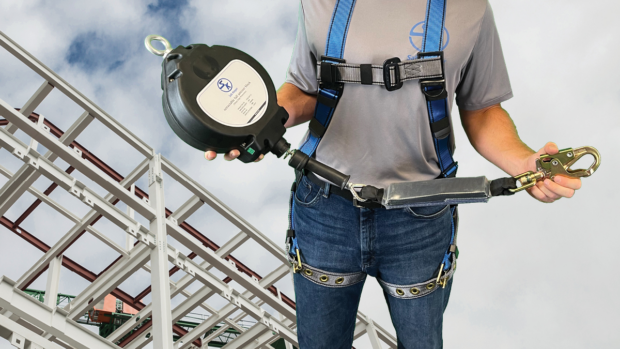 6. Training Simulators for Fall Protection
6. Training Simulators for Fall Protection
Virtual reality (VR) and augmented reality (AR) simulators are becoming popular tools for fall protection training. These simulators allow workers to practice safe techniques in a controlled, immersive environment.
- Features:
- Realistic scenarios that mimic workplace conditions.
- Immediate feedback on performance.
- Customizable training modules tailored to specific job roles.
- Benefits:
VR and AR training improve knowledge retention, build confidence, and prepare workers for real-world situations without putting them at risk.
7. Data Analytics and Predictive Insights
The integration of data analytics into fall protection systems is transforming how companies approach workplace safety. Sensors and connected devices collect data on worker behavior, equipment usage, and environmental conditions.
- Use Cases:
- Identifying trends and patterns to predict potential accidents.
- Optimizing the placement of fall protection equipment.
- Enhancing compliance with safety regulations through detailed reporting.
